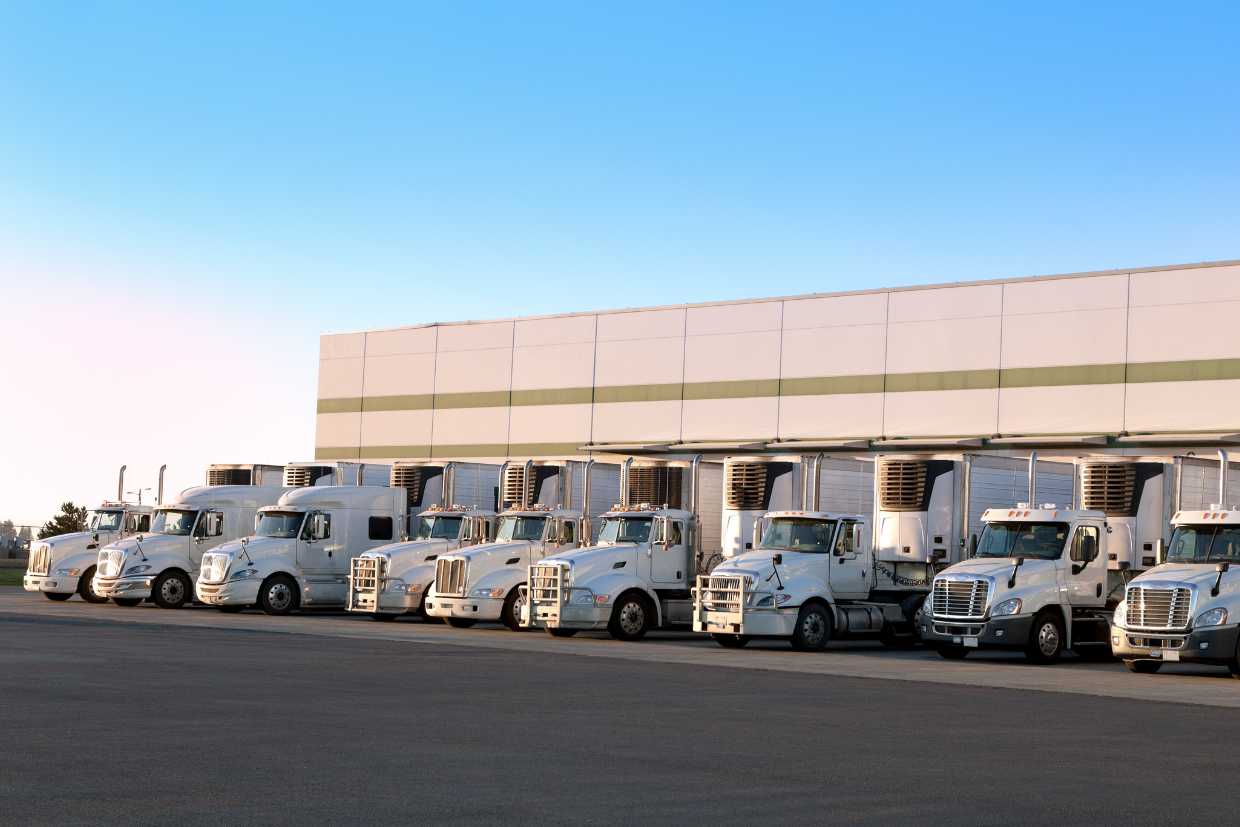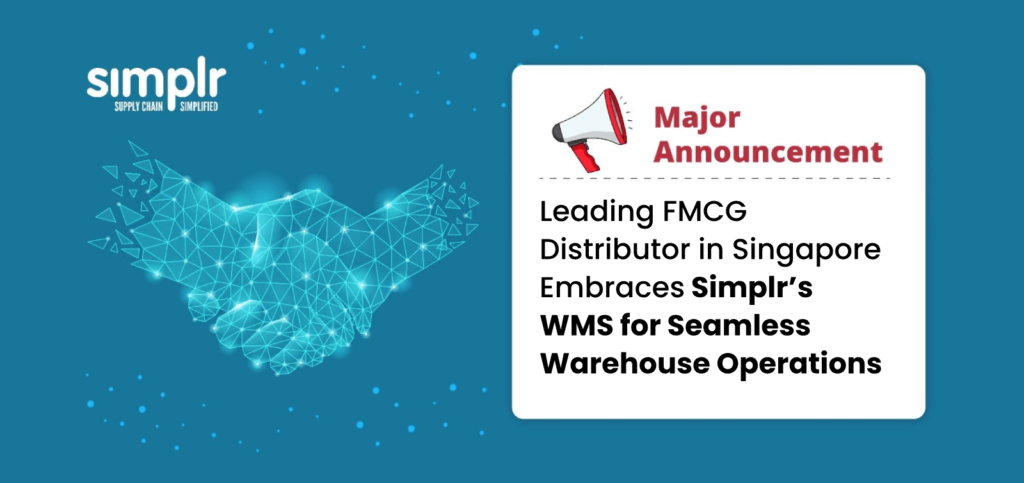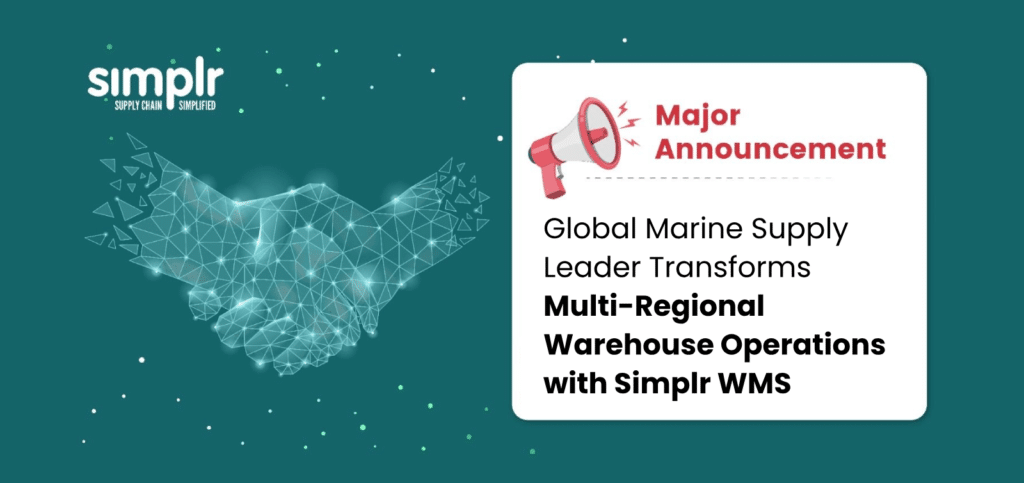“Sustainability is no longer about doing less harm. It’s about doing more good.” – Jochen Zeitz.
The process of sustainability can be defined as meeting today’s needs without harming the ability of future generations to meet their needs while also balancing economic growth, environmental protection, and social well-being.
For example, consider recycling. This sustainability initiative involves collecting and processing materials like paper, glass, plastic, and metal so they can be reused to create new products. By recycling, we reduce the amount of waste that ends up in landfills, save natural resources, and reduce energy consumption.
It’s a simple and practical way for individuals and communities to contribute to a more sustainable and eco-friendly world.
Likewise, the environment and the economy are both interconnected by nature. Without the ability to sustain our environment, we cannot ensure the sustainability of our own welfare. Thus, the majority of dairy distribution experts nowadays are enthusiastic about integrating sustainability maintenance into the supply chain since it’s a picture-perfect business strategy.
What Is a Greener Supply Chain?
Traditional supply chains prioritise factors like speed, cost, and reliability. On the other hand, sustainable, AKA Greener supply chains, go further by also considering environmental and social values. This includes addressing important global concerns like climate change, water security, deforestation, human rights, fair labour practices, and corruption.
What Role Does Sustainability Play in Dairy Distribution?

As Richard Mitchell writes to Dairy Food Magazine, 81% of consumers worldwide and 69% of Americans consider it extremely important to establish agendas focused on environmental preservation.
Similarly, today’s buyers are more informed and concerned about sustainability in dairy distribution. They often make purchasing decisions based on a product’s environmental and ethical credentials. Therefore, meeting these customer expectations is essential if you are a dairy distributor and wish to survive in the industry while surpassing your enemies.
This role of sustainability in dairy distribution involves several key components that contribute to a more greener system.
Let’s explore these elements with imaginative examples:
Preservation of environment
Sustainability in dairy distribution involves minimising the carbon footprint associated with transporting dairy products.
- Carbon Footprint: A measurement used to calculate how much carbon dioxide an individual or community produces due to their actions.
This means using eco-friendly methods and technologies during dairy distribution to reduce harmful emissions, protect the environment and fight climate change.
It also centres on reducing food waste. Innovative packaging solutions like recyclable or compostable materials can help. Nestle utilising paper straws for their famous nutritional beverage, Milo, could be taken here as a prominent example.
Being Socially & Ethically Responsible
Ensuring fair wages and working conditions for dairy farm workers and distribution staff is crucial for sustainability. Providing employees with living wages and benefits is another essential role that also contributes to the community’s social well-being.
The crucial play of sustainable dairy distribution extends to the treatment of dairy animals. Practices such as free-range grazing, reduced antibiotic use, and humane treatment of animals are essential.
Lends A Hand To Local Businesses
Supporting local dairy distribution producers can boost the local economy while reducing the environmental impact of long-distance transportation and the negative social impact on small businesses. Imagine a dairy distributor in Ambewela, Sri Lanka (a famous city for manufacturing dairy products), collaborating with nearby farmers to source milk, thereby reducing the distance milk travels from farm to store.
Initiate Consumer Engagement
The role of sustainability in dairy distribution also encompasses raising awareness about the environmental and ethical aspects of the dairy products that customers typically purchase. It’s about achieving complete transparency and not keeping consumers in the blind spot regarding the ingredients linked to their products, whether innocent animals are used as test subjects and the entire process an item undergoes before reaching a customer’s doorstep.
Promoting Sustainable Consumption
Another component is that this approach can encourage sustainable consumption habits, such as reducing dairy waste at home through proper storage and portion control.
As you now know, sustainability in dairy distribution encompasses a holistic approach that considers environmental, social, and economic factors. So, embracing green supply chain pathways with dairy distribution is a responsible choice and a smart business strategy in today’s environmentally-conscious market.
If you’re interested in implementing such Green initiatives, let us guide you to reach the finish line!
How To Create a Greener Supply Chain with Sustainable Dairy Distribution – A 10-Step Guide

Limit Carbon Footprint
Focus on minimising the carbon emissions associated with dairy distribution. By optimising routes, using energy-efficient vehicles, and exploring alternative fuels like electric or hybrid options, you can significantly reduce the contribution to greenhouse gas emissions.
This reduction in emissions helps mitigate climate change and supports sustainability goals. For instance, you can use electric delivery vans powered by Solar panels to transport milk cartons to local brick-and-mortar stores.
Rigorous Resource Management
This includes reducing food waste, which not only conserves the resources used in dairy distribution but also reduces the energy and emissions associated with food disposal. A greener supply chain is achieved by eliminating waste throughout the distribution process, from farm to consumer.
- Waste Reduction: You can cut off waste generation by optimising production processes and exploring innovative packaging solutions. For example, familiarise yourself with reusable glass milk bottles instead of single-use plastic containers while encouraging consumers to return them for a deposit, thus reducing packaging waste.
- Water Management: Implement water-saving technologies and practices to minimise water usage during dairy product production.
Encourage Eco-friendly Packaging Options
Sustainable dairy distribution often involves the use of environmentally friendly packaging materials. So, you can use recyclable or compostable packaging, which reduces the environmental impact of packaging waste. A greener supply chain fancies materials that are less harmful to the environment.
A famous example of sustainable packaging in the dairy industry is Tetra Pak cartons. These cartons are widely used for packaging various dairy products such as milk, yoghurt, and juices. Well, you can use them too!
Start Local Sourcing
Supporting local dairy producers and sourcing dairy products from nearby farms can reduce the environmental impact of long-distance transportation. By reducing the distance that dairy products travel from farms to distribution centres and finally to consumers, you are welcome to establish a greener supply chain.
Moreover, you can collaborate with dairy producers that follow go-green farming methods, such as responsible grazing, reduced antibiotic use, and water-efficient irrigation.
Still a bit sceptical? Take a glimpse at this. The publisher SustainCase unveils the story of a road construction company that used to pick the cheapest asphalt, but then they found a way to make their roads better. They started buying asphalt from nearby suppliers instead of far away, and this made their roads stronger and reduced pollution from long-distance shipping by 40%. Plus, it ended up being cheaper for them overall.
Educate Your Consumers & Engage Them
Educating consumers about the environmental impact of their choices is part of building a greener supply chain. By providing information on sustainable dairy products and encouraging consumers to make environmentally conscious choices, you can influence demand for eco-friendly products.
- Consumer Education: You could implement QR codes on product labels, allowing consumers to scan and access information about your dairy distribution centre’s practices and sustainability initiatives.
- Consumer Engagement: Clearly communicate sustainability initiatives on product labels, including information about sourcing, ethical practices, and environmental efforts.
Maintain Supply Chain Transparency
A greener supply chain has greater transparency about the origins and sustainability practices of dairy products. By encouraging such transparency, you can allow consumers to make informed choices and support the demand for environmentally responsible products, further nurturing the culture of sustainable practices in the industry.
In addition, keep in mind to keep up to date with changing environmental regulations and show compliance with necessary amendments. This will not only help you to avoid legal issues but also demonstrate your sincerity towards your clientele.
Improve Cold Chain Efficiency
You can always up your dairy distribution game by upgrading refrigeration systems in distribution centres to improve energy efficiency and reduce greenhouse gas emissions.
To level up, make sure to implement real-time temperature monitoring. This can prevent food spoilage, ensure product quality, and reduce food waste.
Work Alongside Suppliers
You can take the lead in conducting regular audits and assessments of suppliers to ensure they meet sustainability standards and ethical practices. Meet them in person and identify potential opportunities for possible improvement in sustainability practices.
- Collaborate with like-minded organisations: Partner with other companies, NGOs, and industry groups to share best practices, conduct research, and drive collective efforts towards a greener supply chain in dairy distribution.
Continue The Improvements
Continue to collect and analyse data related to sustainability performance to identify areas for improvement and set new targets. Stay updated on new technologies and practices while continually enhancing supply chain operations.
Derive Feedback
Seek valuable feedback from Customers and Employees to understand their sustainability preferences. Ask your customers what they like when it comes to being eco-friendly. Once you know, try to make changes based on what they want. For instance, if your customers prefer products with less packaging, you can work on reducing the packaging of your products.
Don’t forget your employees! They are the backbone of your company’s dairy distribution initiative. Involve employees in sustainability initiatives and listen to their ideas to make things better. For instance, you can ask them how to save energy in the centre, and they might suggest turning off lights when not needed!
In Summary,
A sustainable dairy distribution system contributes to building a greener supply chain by reducing carbon emissions, promoting eco-friendly packaging, supporting local sourcing, enhancing energy efficiency, preserving ecosystems, educating consumers, and promoting transparency.
These efforts collectively create a more environmentally responsible and sustainable dairy supply chain that aligns with broader goals of reducing environmental impact and mitigating climate change.



